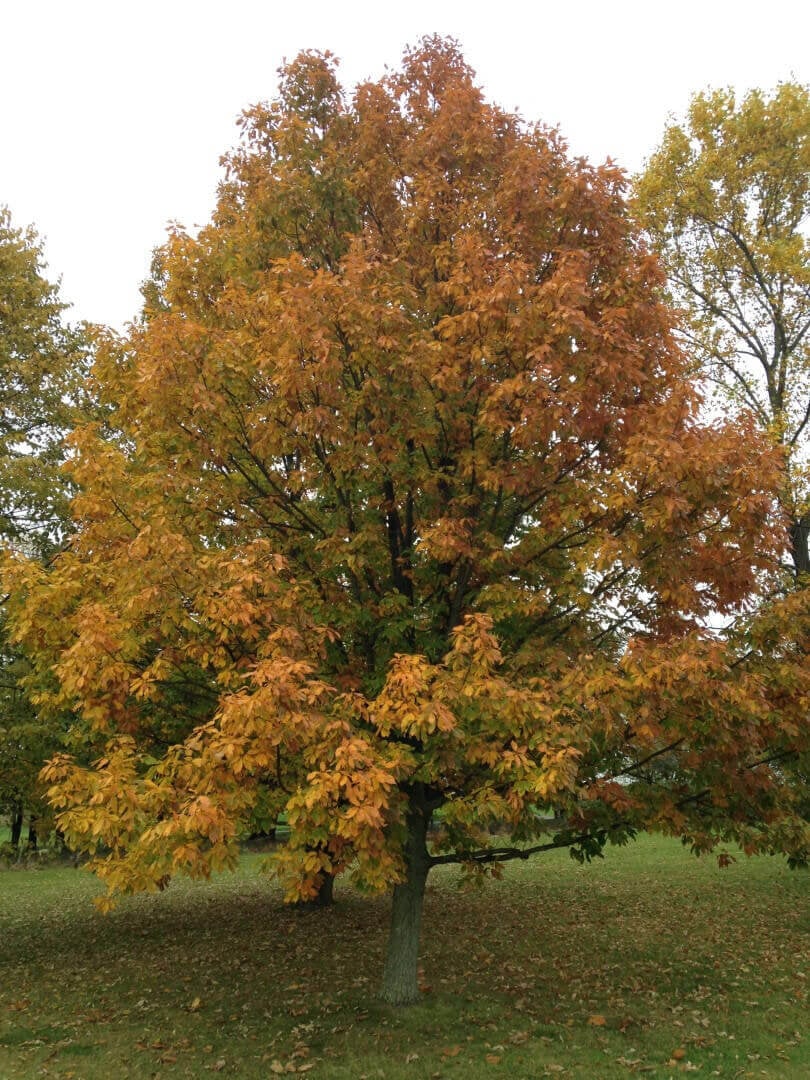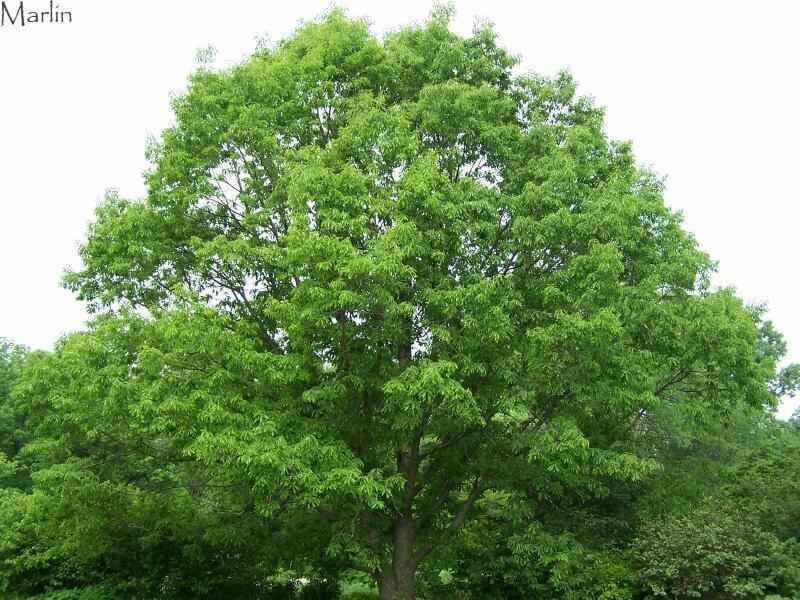



Chestnut Oak Seedlings
Provides valuable timber for construction
Drought-resistant and low maintenance tree
Improves air quality by absorbing pollutants
Thrives in
ZONE 4ZONE 5ZONE 6ZONE 7This plant ships:
November 20251 Year Guarantee on all plants
Chestnut Oak Seedlings - Quercus Prinus
Growing mightily among the Appalachian Mountains, a prominent native tree treasured for its strength takes root. Chestnut Oak Seedlings grow into stabilizing trees with durable wood, providing endless value that lasts for centuries. They are not only a practical choice but are also sure to impress with eminent seasonal beauty. Many forms of wildlife will naturally call this tree home, bringing endless life to your yard or landscape.
Plant Details - Chestnut Oak Seedlings
Family: Fagaceae
Light Requirement: Full Sun – Partial Shade
Water Needs: Moderate
Height: 50-80 ft.
Spread: 40-60 ft.
Growth Rate: Slow - Moderate
Bloom Time: Spring
Flower Color: Green – yellow catkins
Wildlife Value: Provides food & shelter for animals
As a tree with a remarkably long life (up to 400 years), it can take quite a bit of time to reach its full height, denoting it as a moderately slow grower. In the meantime, it pushes out attractive, leathery leaves with soft lobes. Both male and female flowers grow inconspicuously among the branches in the spring. This tree prefers well-drained, rocky or sandy soils to thrive at its best. While it can adapt to a variety of conditions, it would not do well in an area with flooding or waterlogging. Acorns on this tree mature within a single growing season, providing yearly autumnal food for local critters.
Landscape Uses and Maintenance - Chestnut Oak Seedlings
Because Chestnut Oak Seedlings have adapted to growing in rocky, sloped areas, this tree functions incredibly well for habitat restoration. It is tough and durable with a sprawling root system that can add structure for larger areas. Once the seedling is established, it is incredibly low maintenance. It may benefit from light pruning during the winter to clean up dead branches.
Noteworthy Characteristics
This tree earns its name by having leaves that uncannily mimic those of true chestnut trees. Chestnut Oak Seedlings will eventually begin to develop extremely thick, rugged, ridged bark that is noticeable from a mile away. Additionally, this tree will go on to develop some of the largest acorns of any other native oak.
This Is How Your Plants Will Look upon Delivery

Height at Maturity
Over 25 Feet
Care
Chestnut oak seedlings thrive in well-drained, loamy soil with moderate moisture. It's essential to water regularly, especially during dry periods, and mulch around the base. Fertilize in early spring and ensure good air circulation.
Plant Reproduction
Chestnut Oak seedlings spread through acorns, wind, and wildlife
Plant seedlings in early spring or fall when temperatures are mild. Choose a well-drained site with the proper sunlight for the tree species. Dig a hole that's deep and wide enough to support but not hamper the root system without bending or crowding the roots. Place the seedling in the hole, ensuring the root collar (where the roots meet the stem) is level with or slightly above the soil surface. Fill the hole with soil, and pack it around the roots to remove air pockets. Water thoroughly after planting and keep the moisture consistent, especially during the first few years, to help the roots establish. Put a 2-4 inch layer of mulch around the base, but keep it away from the trunk to retain moisture and prevent weed growth. Protect the seedlings from pests and physical damage with suitable guards or fencing. Tree seedlings will thrive and grow into strong, healthy trees with proper care.
Shipping date depends on the date displayed and chosen when you order from the product's page.
We only accept returns on plants verified dead. If you think your plants have died, we offer a 1 year warranty, please use this File a Claim Link to verify dead plants and start with return warranty process.






Air Quality Improvement:
By absorbing pollutants and releasing oxygen, Chestnut Oaks contribute to cleaner air in your environment. They play a role in enhancing overall air quality and environmental health.
Sturdy Growth:
Chestnut Oak Seedlings develop into robust trees with a strong, resilient structure, perfect for enhancing your landscape. Their durable wood is ideal for long-term use and stability.
Distinctive Foliage:
With their unique, serrated leaves, Chestnut Oaks add a distinctive touch of beauty to any garden. Their attractive foliage provides visual interest throughout the seasons.
Climate Adaptability:
Chestnut Oaks are adaptable to different climates and soil types, making them a versatile choice for diverse planting conditions. Enjoy their beauty and benefits no matter where you plant them.
Caring Tips
How do I care for my Chestnut Oak Seedlings?
Each box contains detailed care instructions and information about your product. But here's the basics.
Care Tips
Chestnut oak seedlings thrive in well-drained, loamy soil with moderate moisture. It's essential to water regularly, especially during dry periods, and mulch around the base. Fertilize in early spring and ensure good air circulation.
Light Requirements
Chestnut Oak seedlings thrive in full sun to partial shade. They prefer a location with at least 4-6 hours of natural sunlight everyday but can tolerate some shade, especially in hotter climates where shade helps prevent excessive heat stress.
Hardy Planting Zones
4 • 5 • 6 • 7
Header
Use this content to share information about your store and products.
Frequently Asked Questions
How often should I water my plants?
How do I know if my plant is getting too much or too little sunlight?
What should I do to prepare my plants for winter?
What are the signs that my plant needs fertilizing?
How can I prevent pests from damaging my plants?
How do I choose the right plant for my climate zone?






